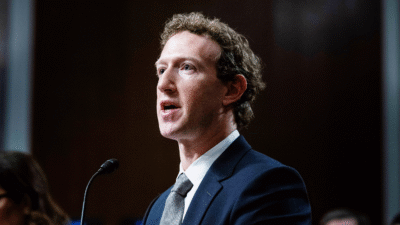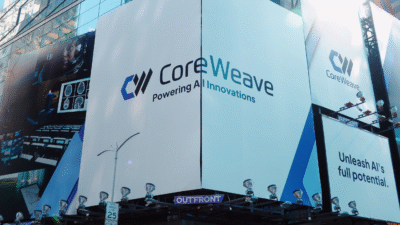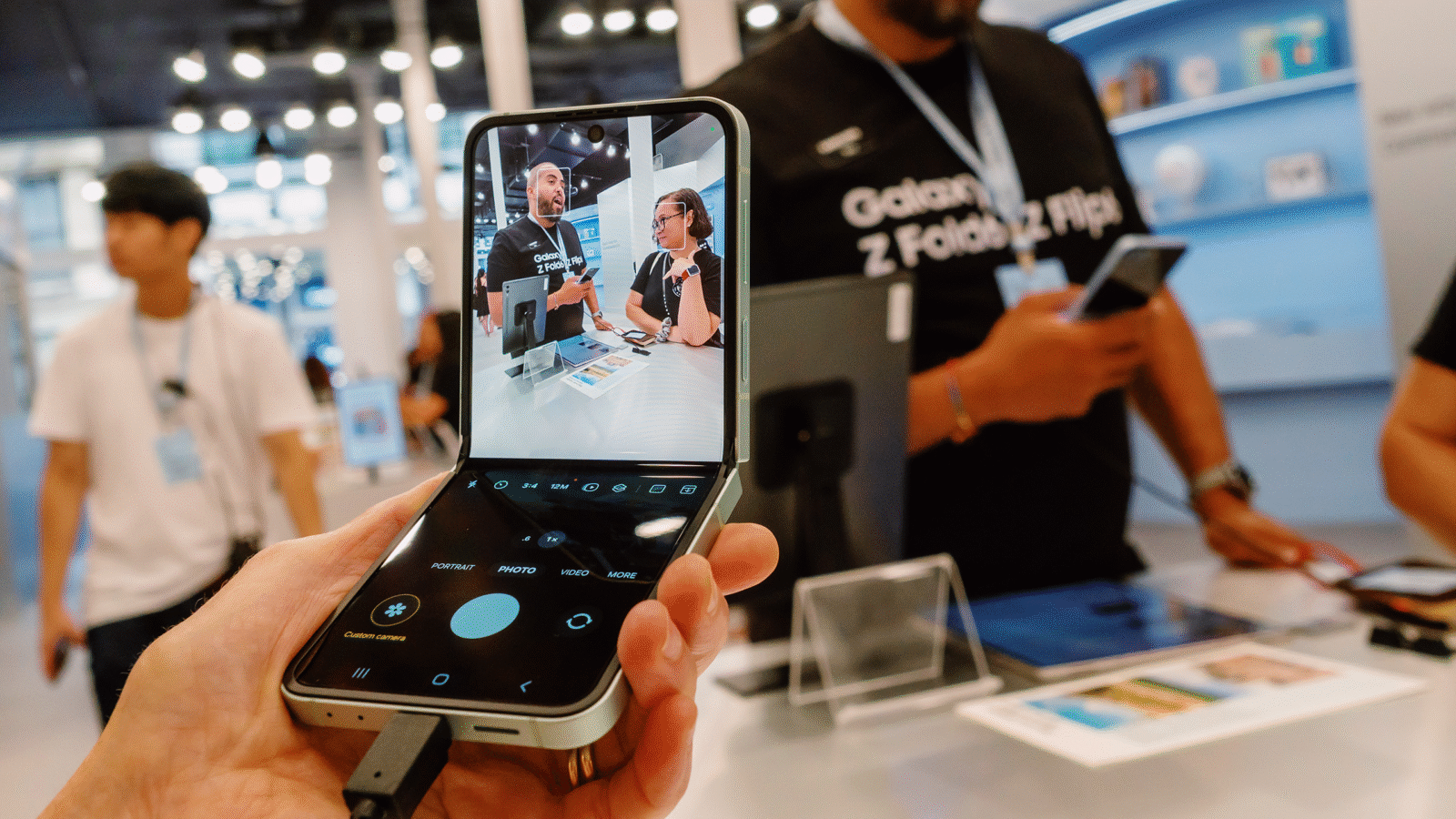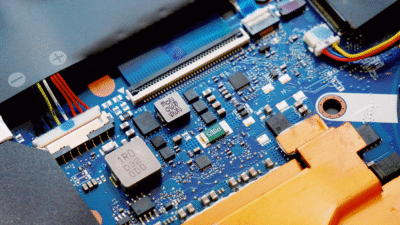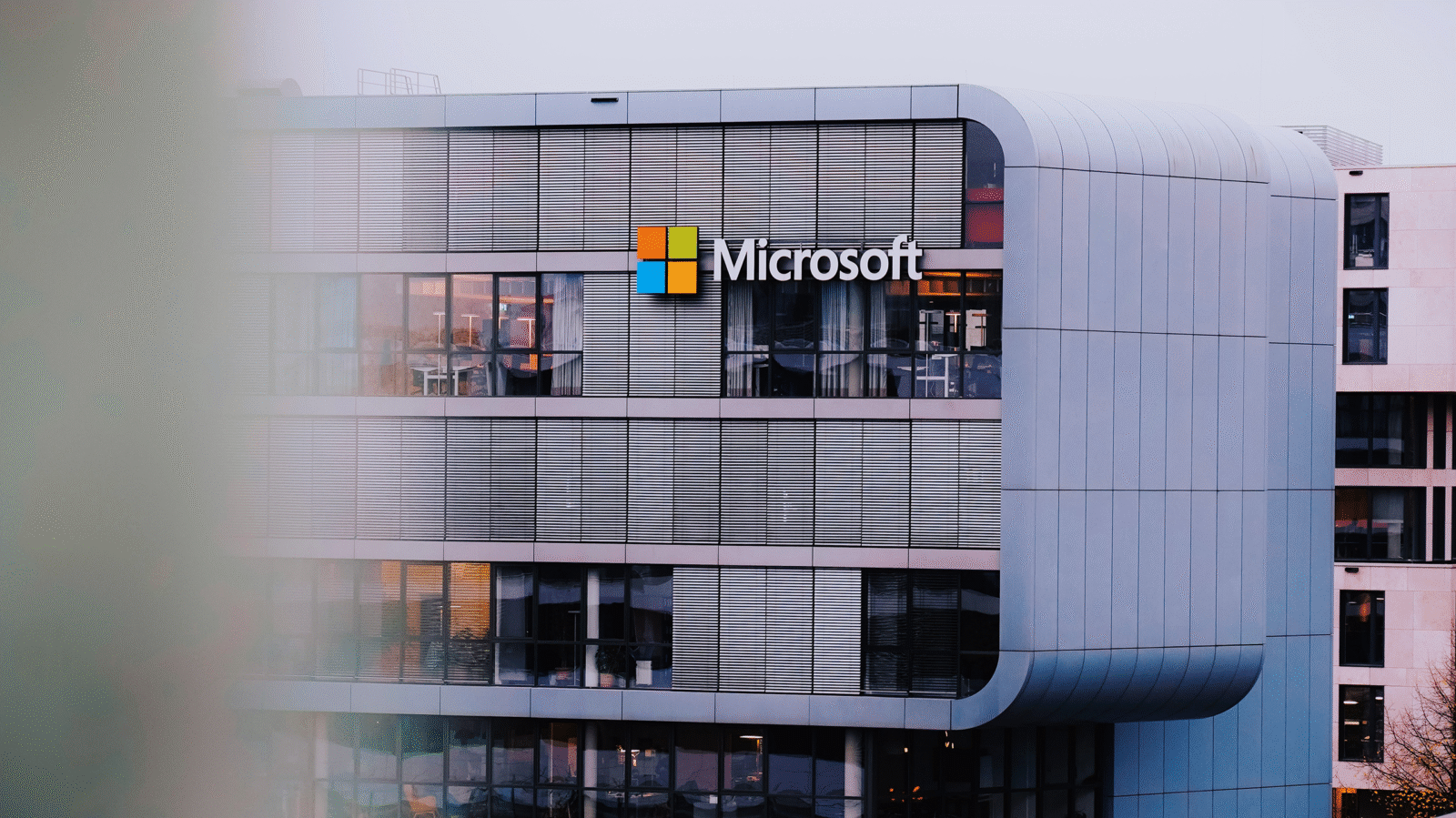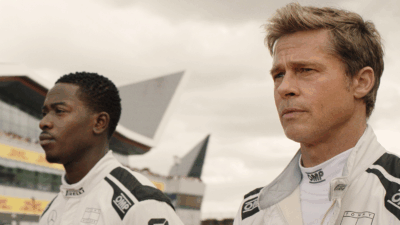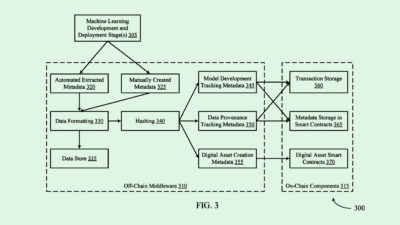
Sign up for smart news, insights, and analysis on the biggest financial stories of the day.
Yesterday Alex Rodrigeuz filed with the SEC to raise $500 million for a new special purpose acquisition company.
Also yesterday, entrepreneur (and former A-Rod flame) Anne Wojcicki announced a deal to bring her company, 23andMe, public by way of a SPAC merger.
To complete the star-studded affair, Wojcicki’s SPAC partner is VG Acquisition Corp., backed by Sir Richard Branson.
More than Just a Pair of Genes
While 23andMe is best known for selling direct-to-consumer genetic testing kits, the genetic testing business has slowed. With an initial generation of customers gone by, and with new consumers wary of privacy issues, the company and its chief rival, Ancestry.com, both cut jobs last year.
23andMe is now focused on using its DNA prowess as more than a tool for finding long-lost 4th cousins and discovering your disposition for misophonia.
- In 2017 the FDA cleared 23andMe to assess users’ risk of developing certain conditions such as Parkinson’s disease.
- More recently the company partnered with GlaxoSmithKline, which took a $300 million stake in 2018 to expand efforts to turn 23andMe’s trove of genetic data into therapies.
- In 2020, 23andMe for the first time licensed a drug developed in-house to another company, and it has more than 30 therapeutic programs on the go.
SPAC Specifics: The deal values the company at $3.5 billion, and CEO Anne Wojcicki and Branson are separately putting $25 million of their own not-at-all-scant cash into a $250 million private investment in public equity offering.
Sir Branson, also an early investor in the company said, “They are absolutely transforming drug discovery.”
The Age of the SPAC Bubble: Meanwhile, SPAC mergers continue to be more trendy than the latest fad diet, and with more staying power. In 2020 there were 230 SPAC IPOs — that’s 50 per cent more than there were in the previous four years combined. The 23andme deal suggests the trend isn’t over yet.
The Takeaway:
The earliest recorded life on earth were 3.7 billion year old bacteria, which developed cell walls to protect their DNA. For Branson, at least, their evolution paid off.

